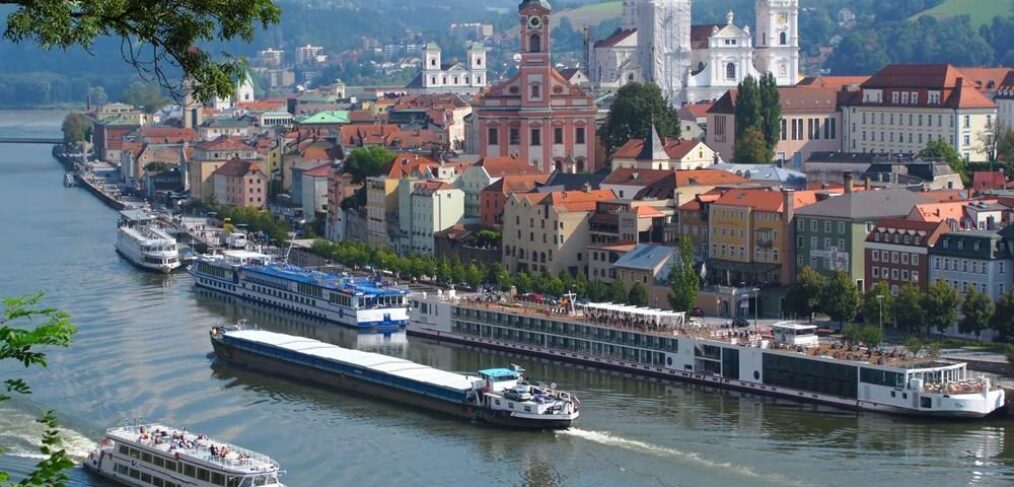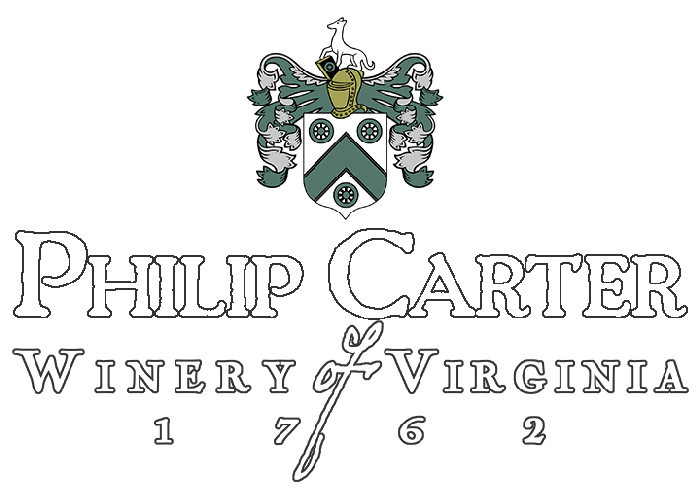
The Wines of Germany – Summer Cruise 2023 with Philip Carter
My journey through Europe continues as I explore another country slated for the Philip Carter led cruise down the Danube River from April 20-23rd 2023 with a look at the wines of Germany. As you read through this article, you should be able to answer the following questions by the conclusion of your read:
1. What percentage of German Wines are white?
2. If a German wine has the name of a grape variety on a label, what’s the minimum percentage of that grape in the wine?
3. If a German wine lists a vintage on a label, what’s the minimum percentage of that year in the wine?
4. How many winemaking regions does Germany have?
5. Name the three basic styles of German wine.
6. What’s the average alcohol range for German wines?
7. What does ‘Spatlese’ mean in English?
8. What is Sussreserve?
Today Germany is a minor player on the world wine stage, but it features more than 1,400 wine villages and 2,600 plus vineyards. Seems like a lot, but if you had to study German wines before 1971, you would have had to memorize over 30,000 different names! A large number of people used to own very small parcels of land, leading to the exorbitant number of names. In an effort to reduce confusion, the West German government passed a law in 1971 mandating that a vineyard consist of at least twelve and half acres of land (Philip Carter qualifies!). The law decreased the number list of vineyards, but increased owners.
Germany produces only 2-3% of the world’s wine, and what it does produce is highly dependent upon weather. This is because Germany in the northernmost country in which vines can grow, and 80% of this done upon hilly slopes, so harvesting must be done by hand. 85% of the wines that Germany produces are white. The most important grape varieties are:
- Riesling – this is the most widely planted and best grape variety produced in Germany. If you don’t see ‘Riesling’ on the label the wine probably has little in any Riesling grapes in it. If the label gives the grape variety, the wine must contain 85% of that grape by German law. If it shows a vintage, it must contain 85% of grapes from that year. Germany has been growing the Riesling grape since 1435.
- Muller Thurgau – a cross between Riesling and Chasselas, it accounts for 13.5% of Germany’s wines.
- Silvaner – this grape variety accounts for just 5% of Germany’s wines.
Germany produces red wines too, but that accounts for only 15% of their wines. Red grapes don’t grow well in Germany’s norther climate.
Germany has 13 official wine making regions, but four of them are recognized as producing the best German wines. They are:
- Rheinhessen
- Rheingau
- Mosel (known as Mosel-Saar-Ruwer until 2007)
- Pfalz (known as Rheinpfalz until 1992)
Rhein wines generally have more body than Mosels, which usually have higher acidity and lower alcohol levels than Rheins. Mosels show more autumn fruits like apples and pears, while Rhein wines show more summer fruits like apricots, peaches and nectarines. One quick way to tell the difference between a Rhein wine and a Mosel wine is to look at the bottle. Rhein wines come in a brown bottle, Mosel in a green bottle.
The three basic styles of German wines are:
- Trocken – dry
- Halbtrocken – medium dry
- Fruity – semidry to sweet
German wines tend to contain 8% to 10% alcohol, compared to an average 12% to 14% for French wines. A common misconception about German wines is that after fermentation is halted, the remaining residual sugar gives the wine its sweetness. This is largely untrue, most German wines are fermented dry. German winemakers withhold a certain amount of unfermented grape juice from the same vineyard, varietal, and sweetness level. This Sussreserve contains all the natural sugar, which winemakers add back to the wine after fermentation. The finest German estates do not use the Sussreserve method, but do rely on stopping fermentation to achieve their specific wine style.
As a result of the West German 1971 legislation, German wines fall two main categories:
- Tafelwein – table wine, the lowest designation given to a wine grown in Germany, it never carries the vineyard name and rarely is exported.
- Qualitatswein – quality wine, which then falls into one of two categories:
- Qualitatswein Bestimmter Anbaugiebiete – indicates a quality wine that comes from 1 of the 13 specified German regions.
- Pradikatswein – quality wine with a distinction, these wines may not be chapitalized (adding sugar before fermentation to increase alcohol levels)
Pradikatswein Levels
In increasing order of quality, price, and ripeness at harvest, here are the six Pradikatswein levels:
- Kabinett Light – semidry wines made from normally ripened grapes
- Spatlese – late picking, meaning that the wine comes from grapes picked after the normal harvest.
- Auslese – out picked, meaning that the grapes come from a particular ripe bunch, which yield a medium to fuller style wine.
- Beernauslese – berry picking, signifying that individual grapes are selected to create a rich dessert wine. This wine is usually made 2-3 times a decade.
- Trockenbeerenauslese – these grapes are dried (trocken), so they’re more like raisins. These raisininated grapes produce the richest, sweetest, and most expensive wines.
- Eiswein – concentrated wine made from frozen grapes left on the vine and pressed while still frozen. According to law, this wine must be made from grapes at least ripe enough to make a Beerenauslese.
–Dale Clemence
Assistant Wine Maker at Philip Carter Winery
For more information on the Philip Carter led wine cruise that travels through Austria, Hungary and Germany please click on the link below, e-mail WineClub@
Question Answers:
1. 85%
2. At least 85%
3. 85 %
4. 13 regions
5. Trocken, Halbtrocken, and Fruity
6. Between 8% to 10%
7. Late Picking
8. When winemakers reserve grape juice and add it to the wine after fermentation
